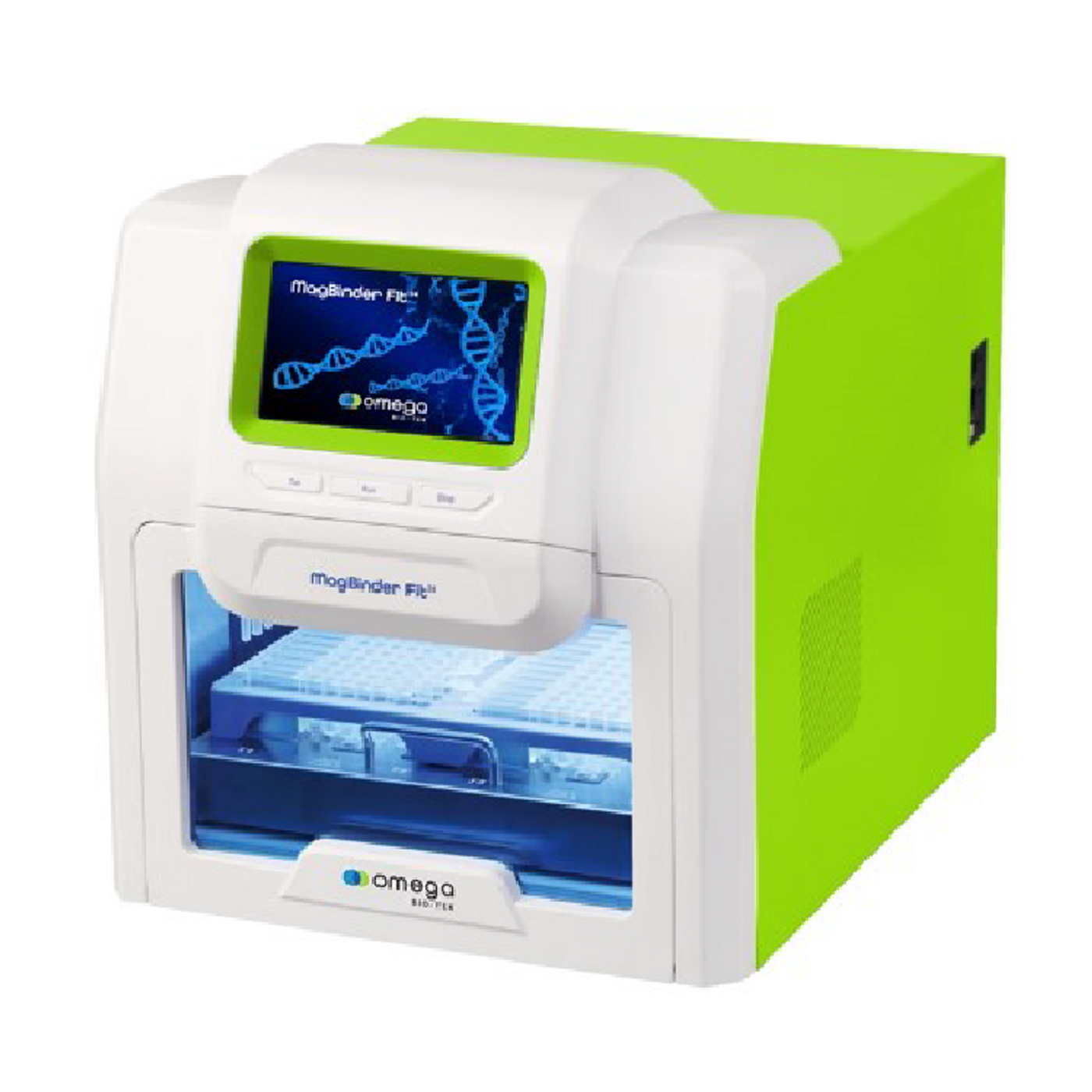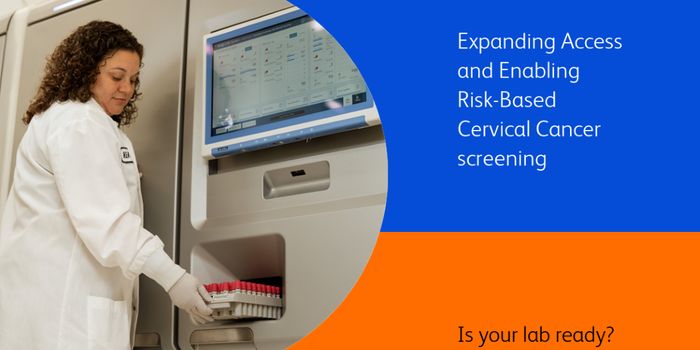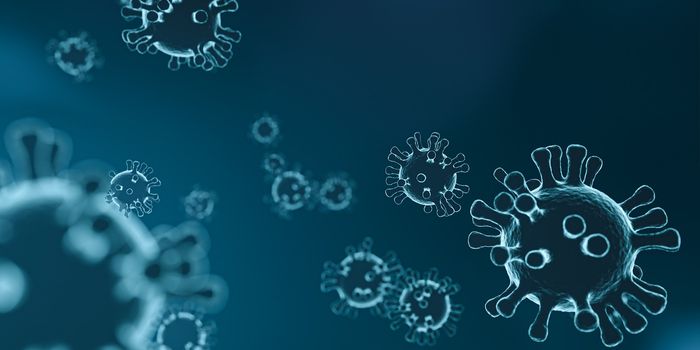Reliable cfDNA Extraction Workflow for ddPCR Analysis
Recent advancements in liquid biopsies have demonstrated the potential of cfDNA as a universal, minimally invasive sample type in cancer prognosis, diagnosis, and prenatal testing1. In parallel, the enhanced sensitivity and wide dynamic range of droplet digital PCR (ddPCR) make it a powerful tool for detecting ultra-low variant allele frequencies with high specificity. Employing a cfDNA extraction workflow that is efficient and dependable is integral to fully realizing the potential of using these two tools in conjunction.
Significance of cfDNA in Research and Diagnostics
cfDNA presents great clinical potential due to its ability to maintain the epigenetic signature of its tissue of origin, providing a snapshot of the current genetic makeup. Still, cfDNA has not reached its peak yet due to major hurdles in high-quality extraction. One such of these is the amount of cfDNA needed for applications downstream. cfDNA is found in low concentrations, making up only 3-6% of total DNA present2. Because of this, large sample input volumes are needed to isolate cfDNA to sufficient quantities for downstream analysis.
Given how time consuming and expensive downstream analytical techniques are, and how precious the sample is, it’s critical to have accurate methods to isolate this less abundant cfDNA with higher sensitivity and specificity. This makes utilizing an efficient and reliable workflow for cfDNA extraction imperative to the success of applications downstream. To harness the full potential of cfDNA, important considerations should be allotted to:
- Pre-analytical stabilization to minimize cfDNA degradation post-sample collection.
- Reliable cfDNA extraction methodology to maximize cfDNA yield with minimal genomic DNA contamination.
- Appropriate downstream technology with high sensitivity to draw relevant conclusions.
Enhanced Quantification of Mutant Alleles in cfDNA
ddPCR enables the absolute quantification of target DNA molecules, even at extremely low concentrations, by partitioning samples into thousands of tiny droplets. This partitioning technique provides the ability to detect rare variant alleles at very low frequencies which lends itself to use with cfDNA by achieving high sensitivity without using a large amount of sample. In clinical research and diagnostics, detecting rare variant allele frequencies is crucial for identifying disease-associated mutations, including those that increase treatment resistance, and monitoring disease progression. In addition, specifically utilizing cfDNA with ddPCR facilitates early cancer detection and assessment of treatment response, significantly enhancing patients’ quality of life. From this, it can be seen that ddPCR is a robust method for quantitative analysis of multiple target genes within one sample that is best exploited when an efficient and reliable workflow for nucleic acid extraction is in place3.
Convenience Without Sacrificing Integrity or Performance
Efficient and reliable semi-automated cfDNA extraction can be achieved by automating Omega Bio-tek’s Mag-Bind® cfDNA Kit (M3298) on the MagBinder® Fit24 Nucleic Acid Purification System. The MagBinder® Fit24 is a new nucleic acid purification system designed to meet the needs of low-to-moderate throughput users by providing semi-automated purification of 1 to 24 small or large volume sample inputs. This semi-automated workflow reduces hands-on time, leaving you free to move your attention elsewhere, without sacrificing yield, integrity, or performance downstream. Visit our website to read our application note on Using ddPCR to Detect Rare Variant Allele Frequencies in cfDNA Samples on the MagBinder® Fit24 Platform.
Request your free sample of the Mag-Bind® cfDNA Kit today!
References:
[1] Nikanjam, M., Kato, S., & Kurzrock, R. (2022). Liquid biopsy: current technology and clinical applications. Journal of hematology & oncology, 15(1), 131. https://doi.org/10.1186/s13045-022-01351-y
[2] Meddeb, R., Dache, Z. A. A., Thezenas, S., et al. (2019). Quantifying circulating cell-free DNA in humans. Scientific reports, 9(1), 5220. https://doi.org/10.1038/s41598-019-41593-4
[3] Townsend, C., Durvasula, K., Baggs, J., & Butts, T. (2024). Using ddPCR to detect rare variant allele frequencies in cfDNA samples on the MagBinder Fit24 Platform. Omega Biotek. https://ensur.omegabio.com/ensur/contentAction.aspx?key=Production.12505.S2R4E1A3.20240423.274.5120720










